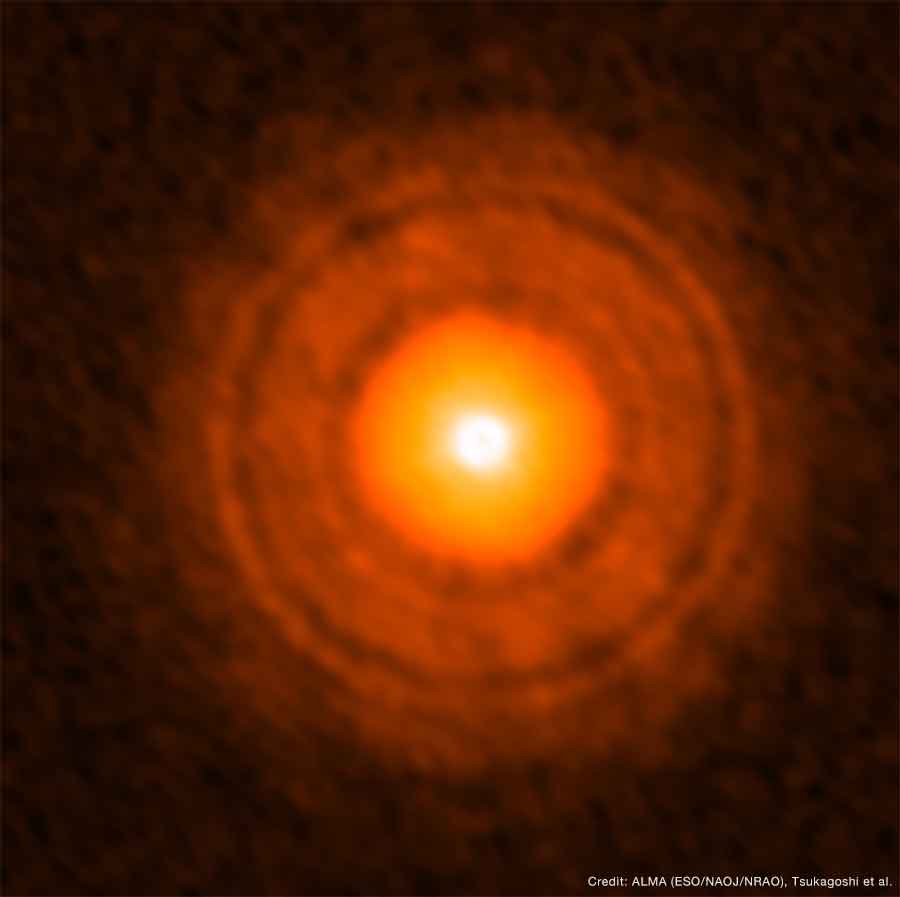ALMA Spots Possible Formation Site of Icy Giant Planet
| Science

Astronomers found signs of a growing planet around TW Hydra, a nearby young star, using the Atacama Large Millimeter/submillimeter Array (ALMA). Based on the distance from the central star and the distribution of tiny dust grains, the baby planet is thought to be an icy giant, similar to Uranus and Neptune in our Solar System. This result is another step towards understanding the origins of various types of planets.
These observation results were accepted for a publication as Tsukagoshi et al. “A Gap with a Deficit of Large Grains in the Protoplanetary Disk around TW Hya” by the Astrophysical Journal Letters.